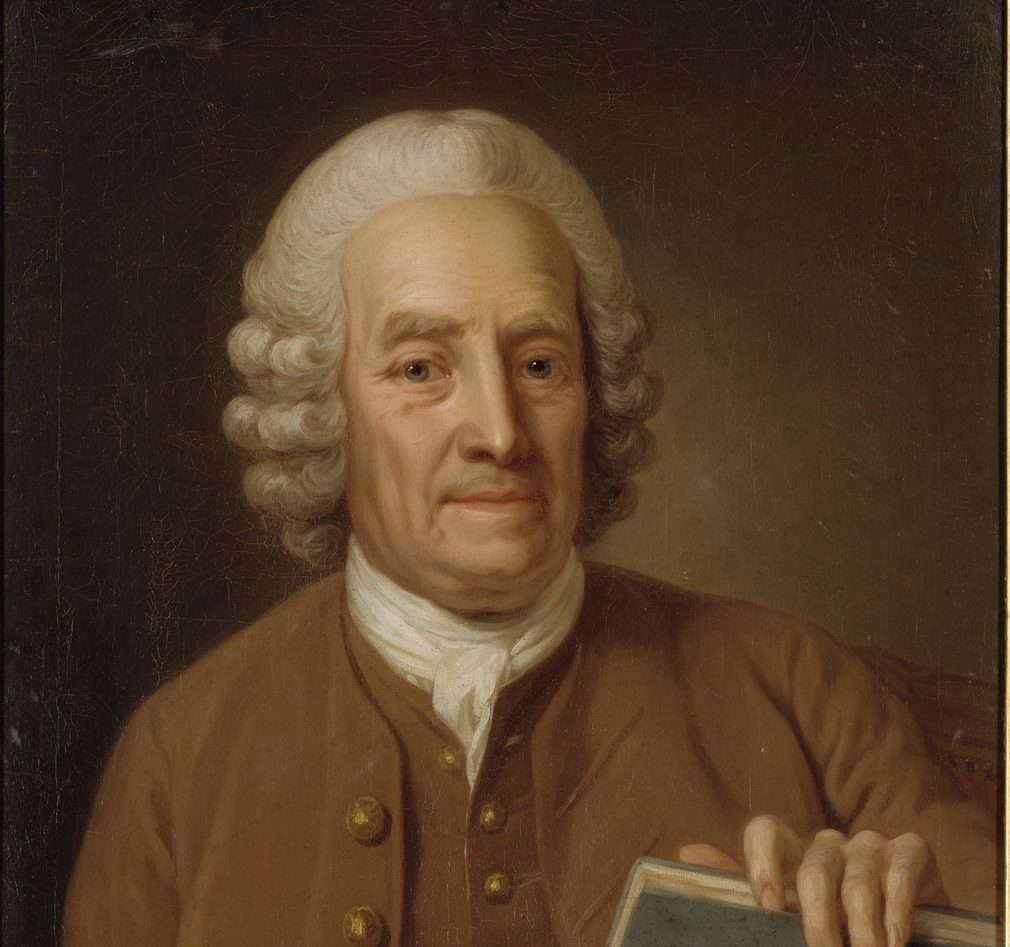About Swedenborg

A BRIEF INTRODUCTION
Described by Jorge Luis Borges as the most extraordinary man in recorded history, Emanuel Swedenborg (1688-1772) is today acknowledged as one of the most important writers of the eighteenth century and a pioneering figure in the history of Western thought.
Philosopher, theologian, visionary, scientist and statesman, he was a key influence on William Blake, Honoré de Balzac, Gerard de Nerval, W B Yeats, S T Coleridge, Fyodor Dostoevsky, C G Jung and many others, and his theory of correspondences is rightly understood as one of the defining influences on Romantic and Symbolist thought.
In cosmology he gave form to the nebular hypothesis for the origin of the solar system (once attributed to Kant and Laplace); in neurology he anticipated the role of the cerebral cortical substance in sensory, motor and cognitive functions; in psychology he laid the groundwork for the development of Jung’s theory of the collective unconscious and Freud’s theory of association; in philosophy he had a decisive impact on the work of Immanuel Kant, F W Schelling, R W Emerson, C S Peirce and the development of Pragmatism.
His work has also shaped the reception of Zen Buddhism in the West via D T Suzuki and more recently, through Czeslaw Milosz, Italo Calvino, A S Byatt and Iain Sinclair we see his name re-emerge once more in relation to ‘pyschogeography’, ‘historical realism’ and ‘magical realism’. Of equal importance is his influence on science, religion and the visual arts.
EARLY YEARS
Born in Stockholm in 1688, the third child of Jesper Swedberg, a Lutheran bishop, and Sara Behm, who came from a wealthy mine-owning family, Swedenborg graduated from Uppsala University in 1709, and then travelled across Europe for a number of years, seeking knowledge, learning crafts and publishing three volumes of poetry. In England he studied briefly with Edmond Halley (of Halley’s comet fame) and John Flamsteed (the first Royal Astronomer) and attended lectures by Isaac Newton.
On his return to Sweden, he set up and edited the nation’s first scientific journal Daedalus Hyperboreus whilst working alongside the great inventor, Christopher Polhem, the pair also assisting Charles XII’s military campaigns with innovative engineering projects. He was appointed to the Royal Board of Mines in 1716 and completed works on numerous scientific subjects, including mathematics, geology and cosmology. He wrote the first Swedish book on algebra, drew detailed drawings of an early flying machine and designed a mercury air pump, an invention that would prove useful in the manufacture of X-ray tubes and light bulbs a century and a half later.
Looking to solve a problem established by René Descartes of the division between mind and body Swedenborg began a study of the soul and anatomy which resulted in the publication of The Economy of the Animal Kingdom (1740-1) and The Animal Kingdom (1744-5). These, alongside other numerous unpublished manuscripts, showed his deductions, particularly those on the workings of the brain, to be years ahead of his time. R W Emerson described The Economy of the Animal Kingdom as ‘an honour to the human race’.
LATER WORKS
In 1743, aged 55, Swedenborg suddenly ceased his scientific studies after undergoing a spiritual crisis, accompanied by vivid dreams and visions. He later wrote that at that time the spiritual world was opened to him, that he could visit the afterlife, and converse with angels and devils. In 1747 he began Arcana Caelestia (1749-56), a lengthy exegesis of the Books of Genesis and Exodus, followed in 1758 with his most famous and enduring work, Heaven and Hell. In these and other books, Swedenborg outlined his notion of correspondences: that everything in the physical universe corresponds to a spiritual value. Swedenborg’s theory, combined with his ‘philosophy of use’, have had great resonance in the succeeding centuries, influencing the Symbolist movement in literature and art, and reform movements such as abolitionism, homeopathy, vegetarianism, children’s education and the twelve-step programme.
Swedenborg published his mystical works anonymously whilst continuing to serve as a valued member of the Swedish House of Nobles, where he contributed papers on industry and financial reform. He passed away in London on the 29 March 1772. His remains were buried at the Swedish Church in Wapping before being moved to Sweden with state ceremony in 1910.
